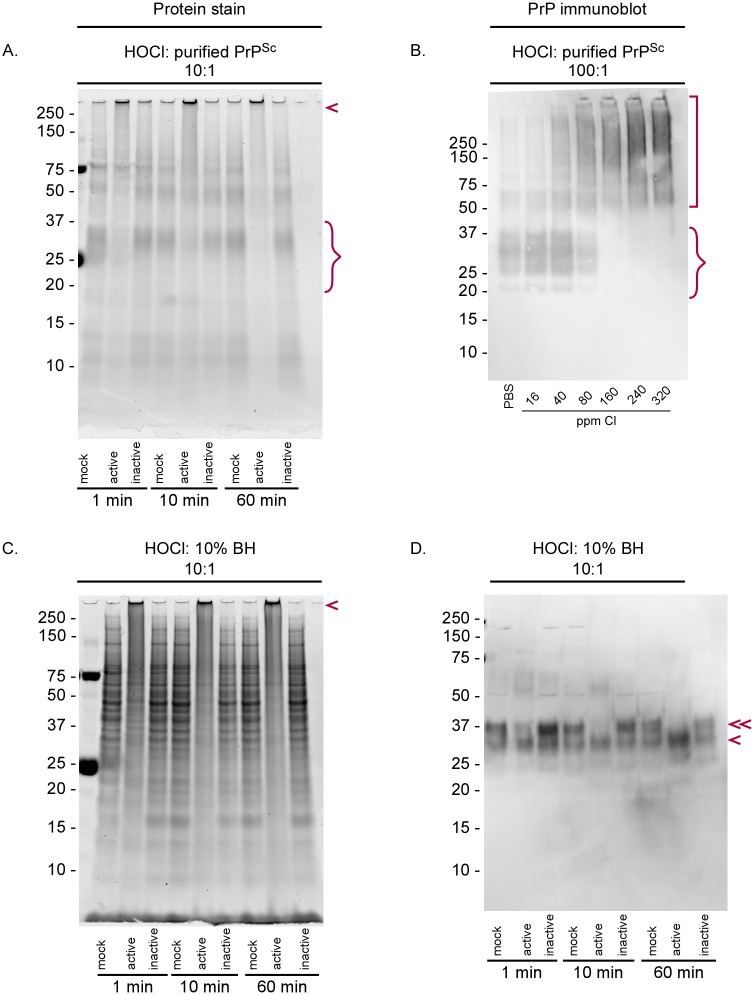Fig 8. SDS-PAGE analysis of BrioHOCl treatments on purified PrPSc and ScBH.
(A) Purified PrPSc was treated with 10 volume equivalents of saline (mock), active (260 ppm Cl) or inactive (30 ppm Cl) BrioHOCl solutions for 1, 10 or 60 min as indicated. BrioHOCl activity or inactivity was determined by its ability or inability to reduce prion-seeding activity in the RT-QuIC in other experiments. Samples were run on denaturing protein gels and visualized using Deep Purple total protein stain. PrP monomer (curly bracket) and multimeric aggregates (arrowhead) are marked. (B) Purified PrPSc (at 3 mg/mL) was treated for 5 minutes in saline (mock disinfectant) or BrioHOCl formulations containing the designated ppm free Cl at a ratio (v/v) of 100:1 disinfectant to PrPSc prior to immunoblotting using R30 antiserum against PrP residues 90–104. PrP monomer (curly bracket) and PrP aggregates (square bracket) are marked. Gels shown are representative of three independent experiments. (C) ScBH was treated with saline (mock disinfectant), or active or inactive BrioHOCl solutions at a ratio (v/v) of 10:1 disinfectant to 10% ScBH for the designated time and analyzed by SDS-PAGE with Deep Purple total protein stain. Insoluble aggregates are indicated with an arrowhead. (D) The samples from panel C were analyzed by immunoblot using R30 PrP antiserum. Full length, diglycosylated PrP monomer (double arrowhead); Truncated, and/or less glycosylated PrP monomer (single arrowhead) are identified.

